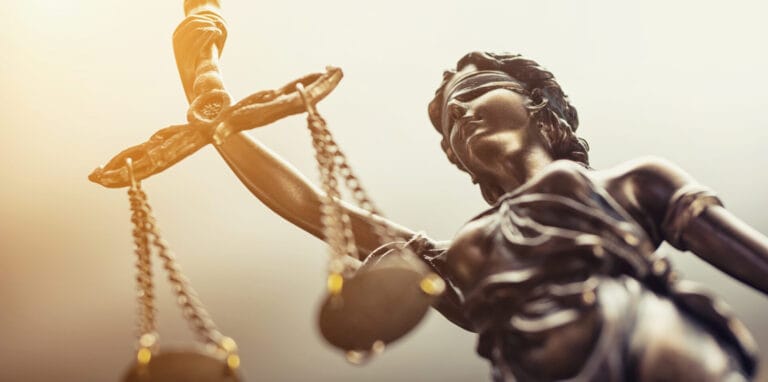Some attorneys are tempted to skip over the meet and confer, thinking it will save them time or isn’t necessary for their case. On the contrary, these procedural requirements are in fact a useful means of streamlining the eDiscovery process and ensuring compliance in a matter.
What is the Goal of a Successful Meet and Confer?
When you sit down with opposing counsel, your shared objective is to establish ESI (electronically-stored information) protocol for a case. It is not a time for confrontation; rather, you want to get clarity on what material you’ll each be seeking, its format, and which reasonable preservation efforts you’d like to use.
This should be a cooperative process with both parties agreeing to the terms laid out in the discovery proposal. Of course, if the opposing counsel makes unreasonable requests, you should not hesitate to clearly indicate your disagreement so that you can establish the confines of any necessary litigation. Equally, you want to temper your requests and avoid making unreasonable demands.
What Are The Requirements?
Each party must consider the nature and basis of their claims and defenses, arrange for any necessary disclosures, and discuss issues around preserving discoverable information.
According to the Federal Rules of Civil Procedure, you can meet as soon as practicable and at least 21 days before a scheduling conference is to be held or a scheduling order is due.
By the end of the meet and confer, you should have a detailed discovery proposal outlining timelines, the subjects where discovery efforts will be focused, preservation of ESI, and how data should be produced.
Failing to do a meet and confer can result in sanctions or the court’s refusal to rule on motions you file, if the issue should have been addressed in a meet and confer first.
How To Be Prepared?
Of course, you’ll want to go into the meet and confer with a strong knowledge of your case and its data, as well as your own objectives for the eDiscovery process. In addition, be ready to ask questions about several areas, such as the preservation strategy for potentially responsive information. Is data being defensibly retained? What types of information might be relevant, and where are they stored?
It is also important to consider the legal hold: when it was issued, its current status, and what processes are in place to ensure compliance.
This is the time to discuss the scope of eDiscovery for your case and consider available options to reduce the costs associated with it. You might ask the opposing counsel whether they are open to using early case assessment tools to refine searches, or if there are any methods to de-duplicate data ahead of production.
Finally, consult with the other party about how data should be produced. Should a certain type of data be prioritized? Be sure to cover what metadata needs to be produced, the format documents should be reviewed in, and any unique considerations associated with different formats.
Although a common mentality towards meet and confers is that they are an obstacle to be overcome, they are in fact a chance to reduce your discovery costs and overall litigation time. Furthermore, they can be an advantageous opportunity to reduce the complexity and uncertainty around eDiscovery.






